Brochures and price lists of the Kia Rio Sedan X have been circulating by dealers – proclaiming that the car is open for booking – ahead of the new variant’s launch, slated for the end of the month. The four-door model was only launched in January, and has already received several features for added value.
First up, the pricing – the X will go for RM77,888 on-the-road with insurance – that’s RM5,000 more than the standard sedan (which now also benefits from a RM2,000 rebate for a limited time), and just RM1,000 less than the better-equipped hatch. A five-year, unlimited mileage warranty is included.
So what do you get in exchange for the five grand? Well, the most obvious is the new bodykit that runs around the car, along with a small bootlid spoiler. Otherwise, it’s the same kit as before – reflector halogen headlights with bulb-type daytime running lights, front and rear fog lights and 15-inch alloy wheels.
Changes inside include a new aftermarket head unit with a seven-inch touchscreen, USB, AUX, Bluetooth and MirrorLink connectivity and a rear view camera, plus leather seats with embroidered “K2” logos. Otherwise, it’s the same as before, which means you still don’t get the hatchback’s keyless entry and start, leather-wrapped steering wheel, alloy pedals and Supervision multi-info display.
Crucially, however, the Rio Sedan X retains six airbags, electronic stability control, hill-start assist, ISOFIX child seat anchors, a tyre pressure monitoring system and all-around disc brakes, all as standard. So what do you think of this new variant – does it really offer better value compared to the regular sedan?
GALLERY: Kia Rio Sedan in Malaysia
Looking to sell your car? Sell it with Carro.

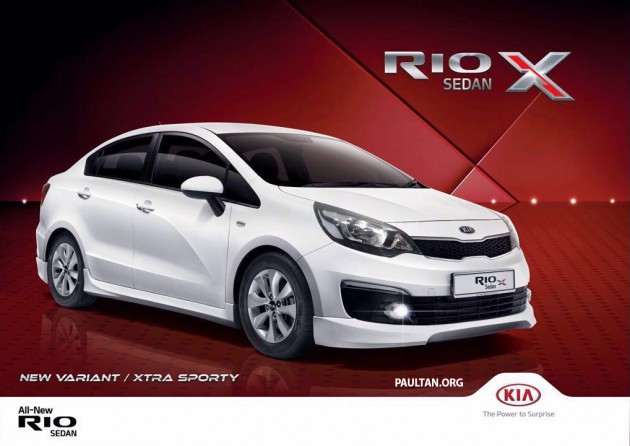


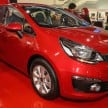
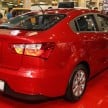
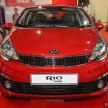
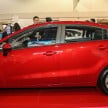
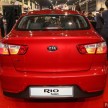
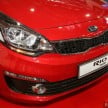
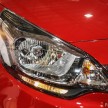
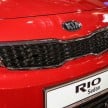
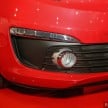
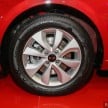
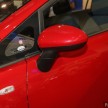
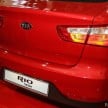
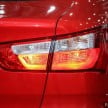
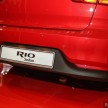
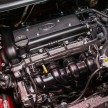
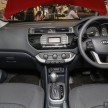

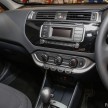
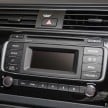
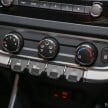
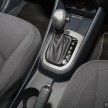

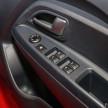
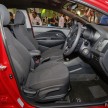
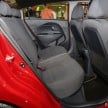
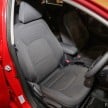
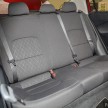
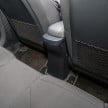
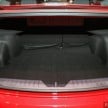
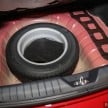













AI-generated Summary ✨
The comments express strong enthusiasm and positive impressions about the Kia Rio Sedan X, highlighting its modern design, solid build quality, and extensive safety features like six airbags, ESC, TPMS, and ISOFIX at an affordable RM78k price. Many users appreciate its value, safety, and technology, often comparing it favorably against Japanese models like Vios and City. Some commenters criticize the bodykit and design choices, preferring the original look. There is also discussion about the poor resale value rumors of Korean cars, which some dispute with facts, and a few off-topic remarks about other brands and political issues. Overall, most comments are supportive, emphasizing the car's safety, value, and modern features, with a few critics pointing out design tries and market perceptions.